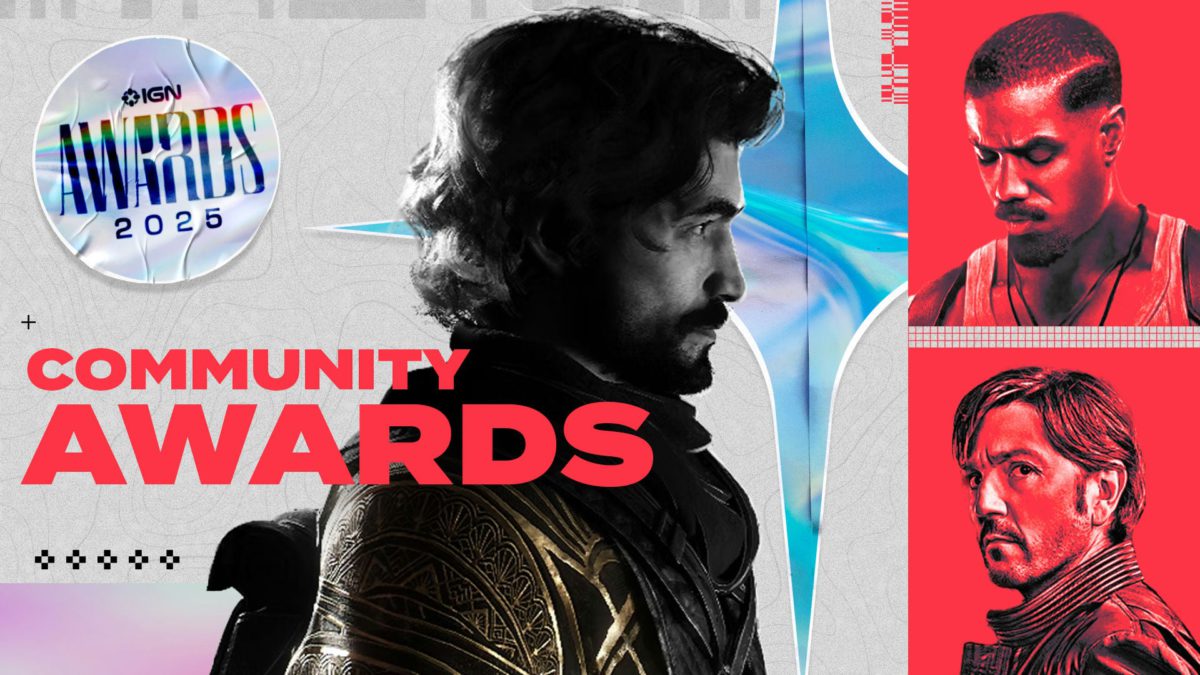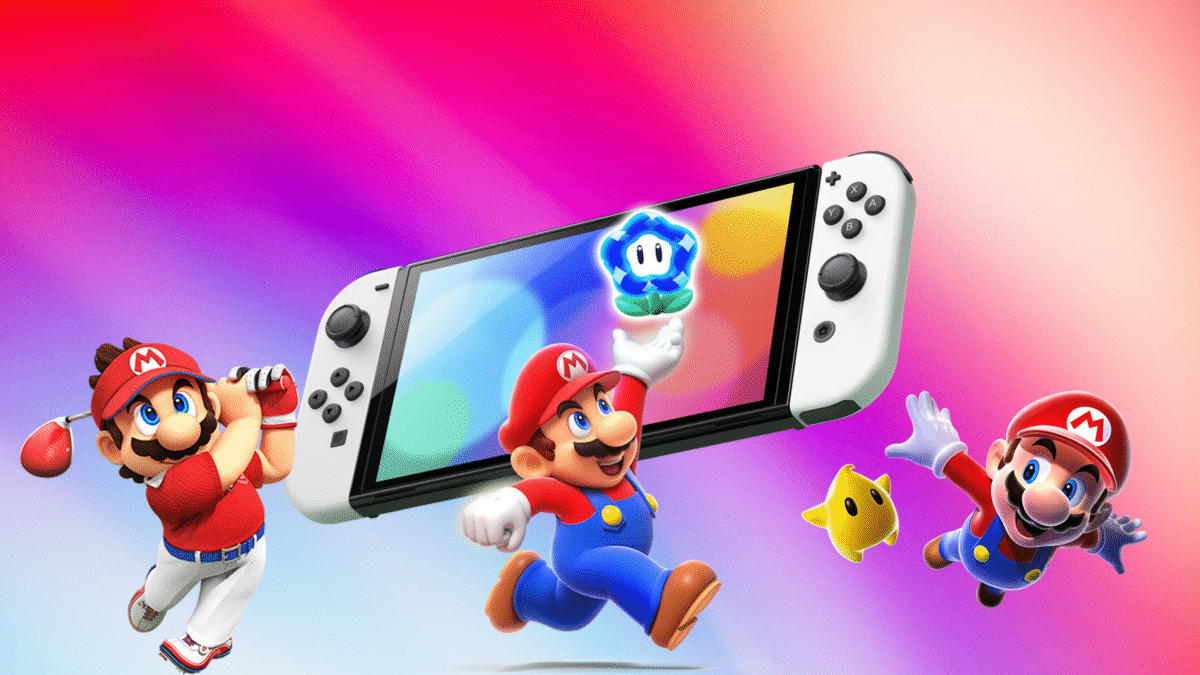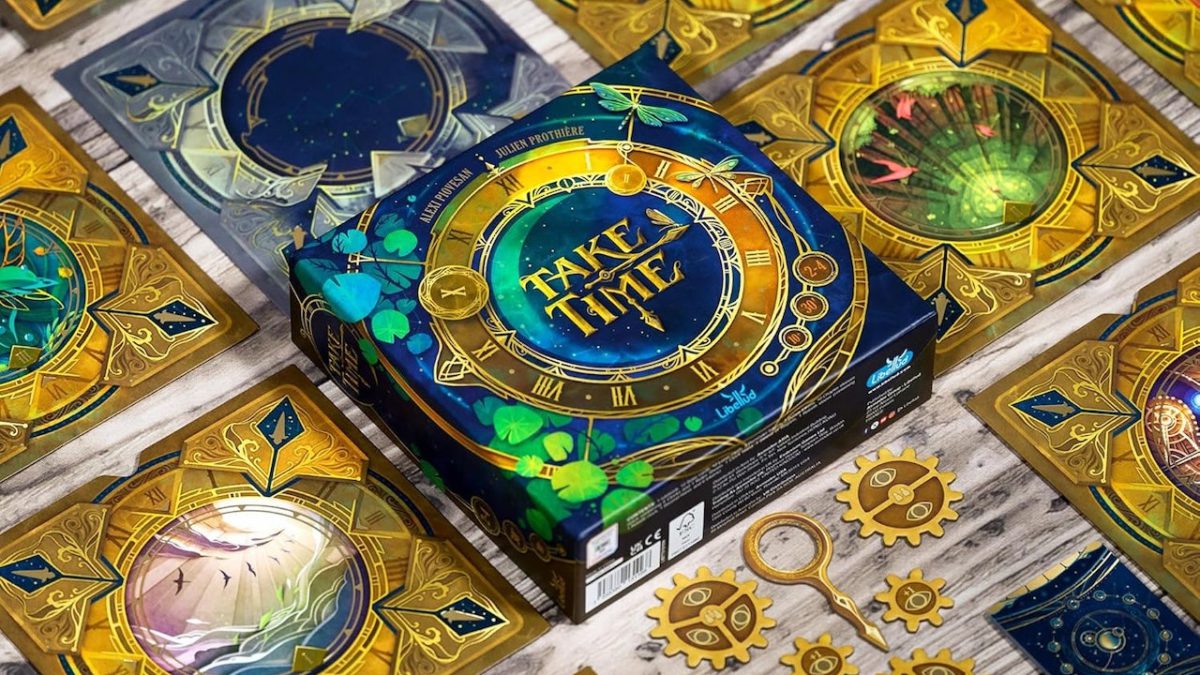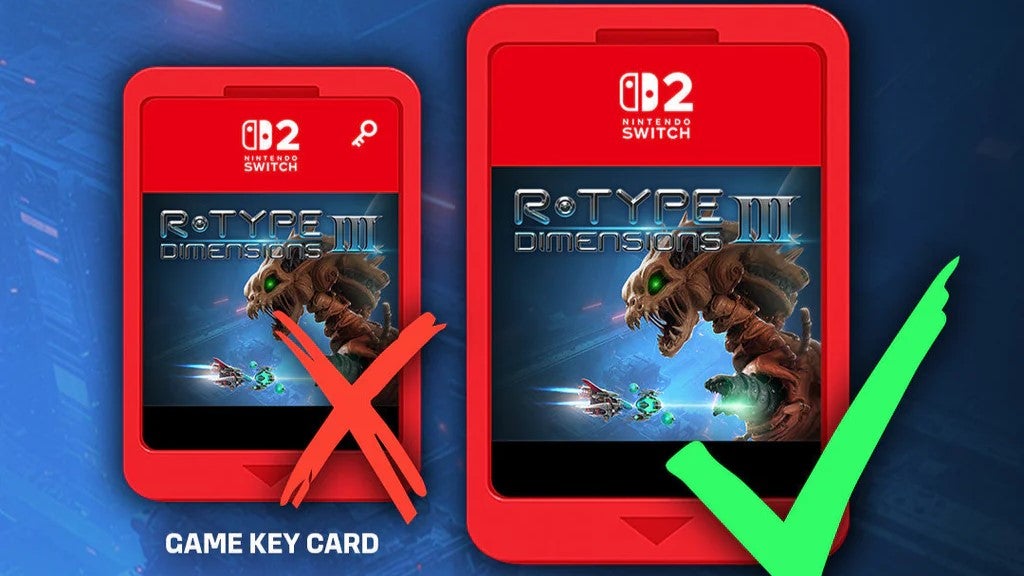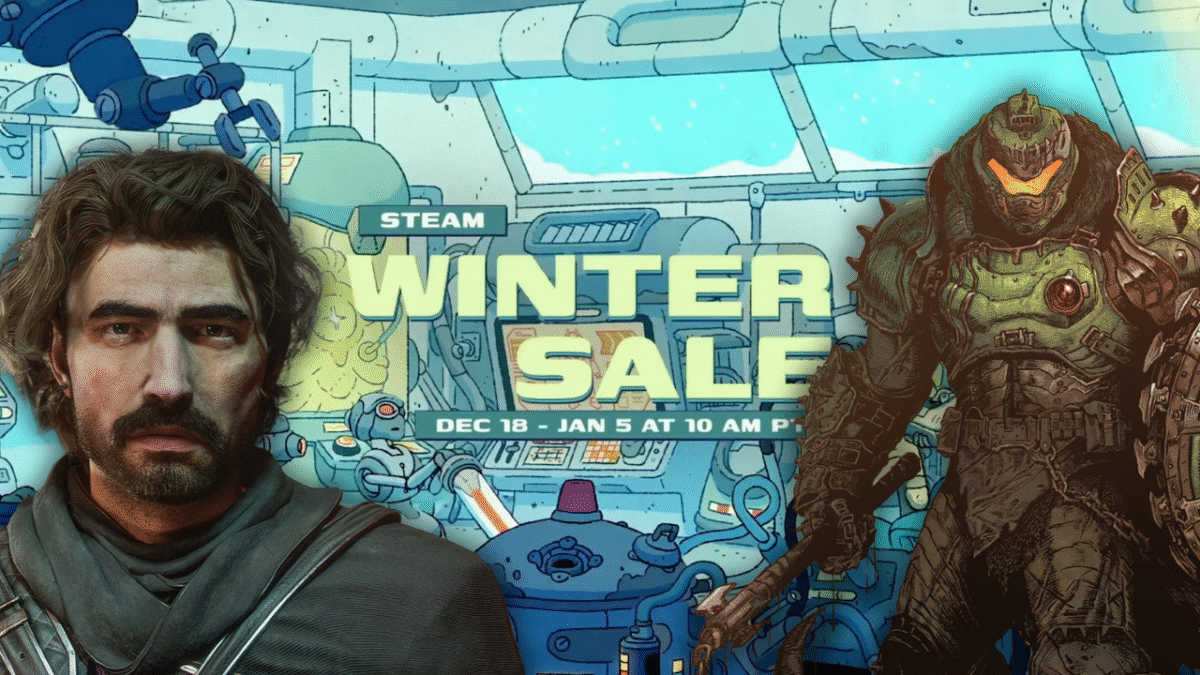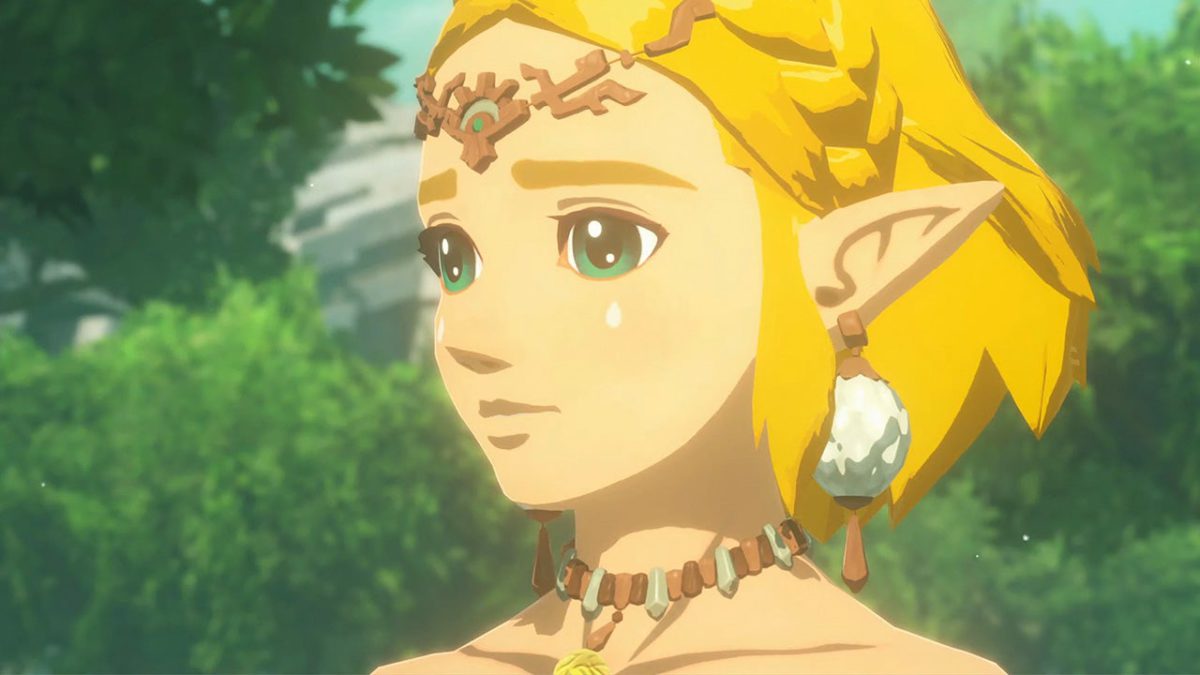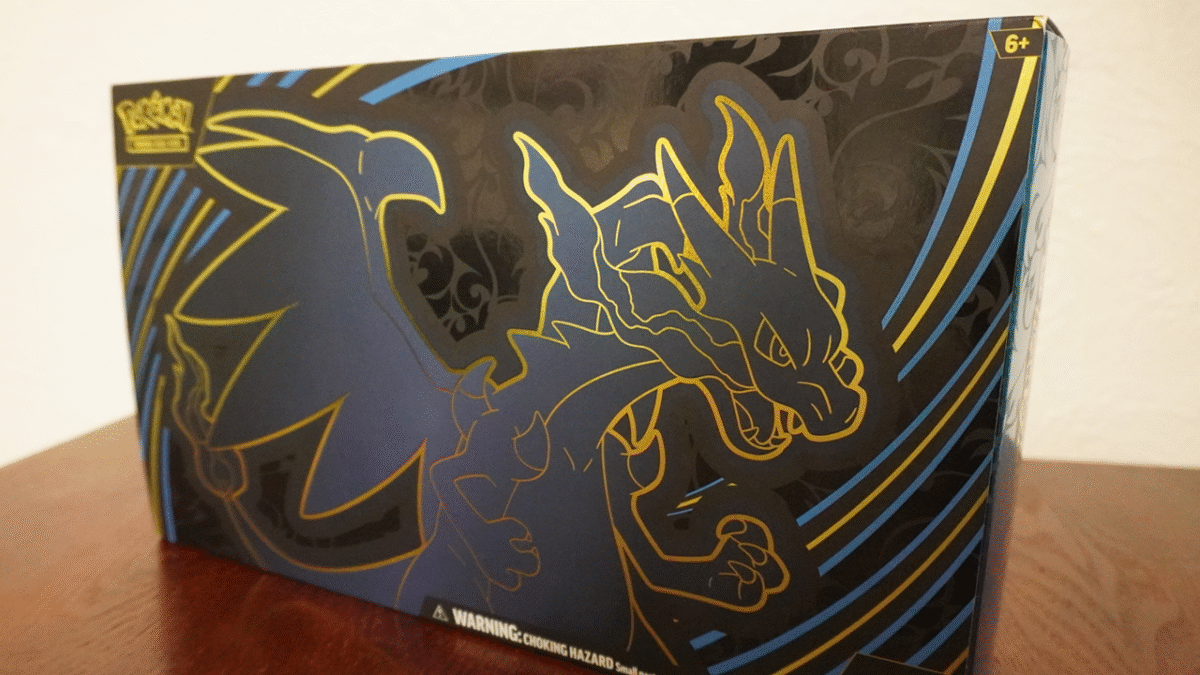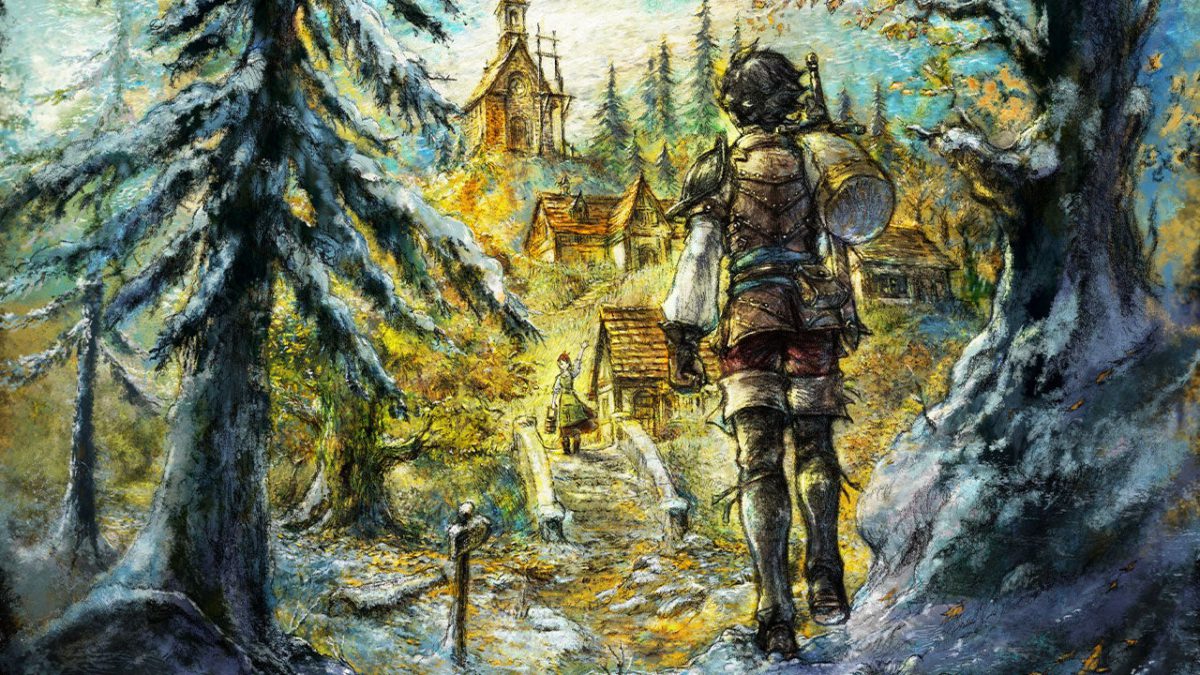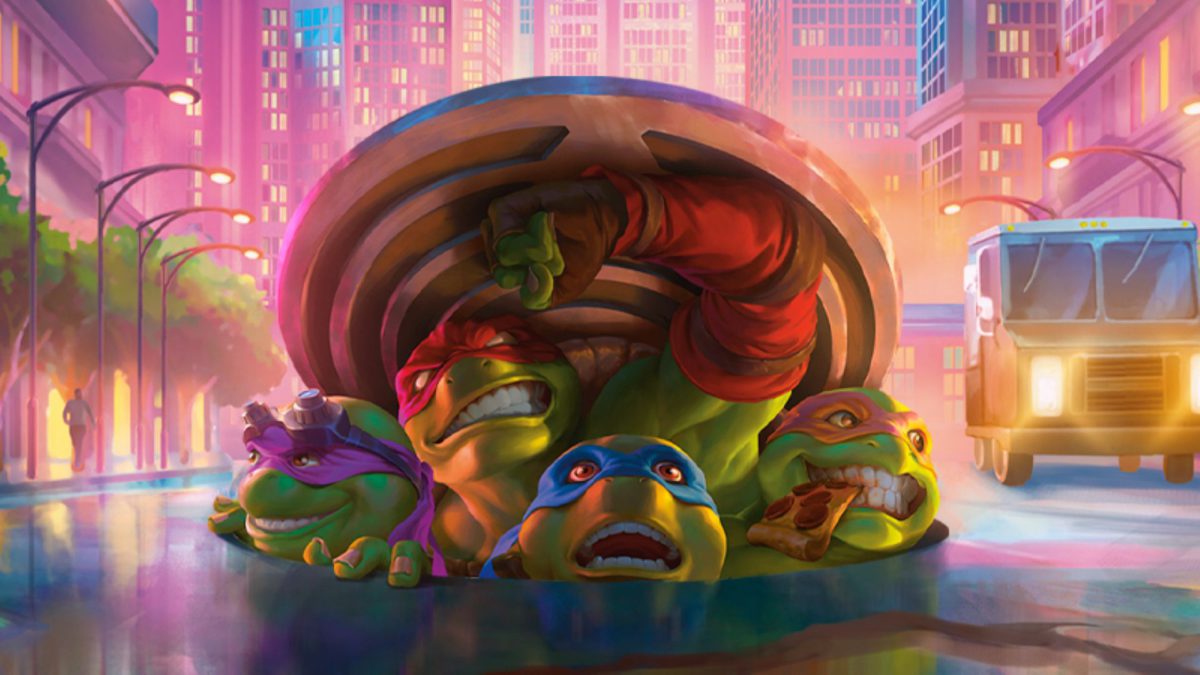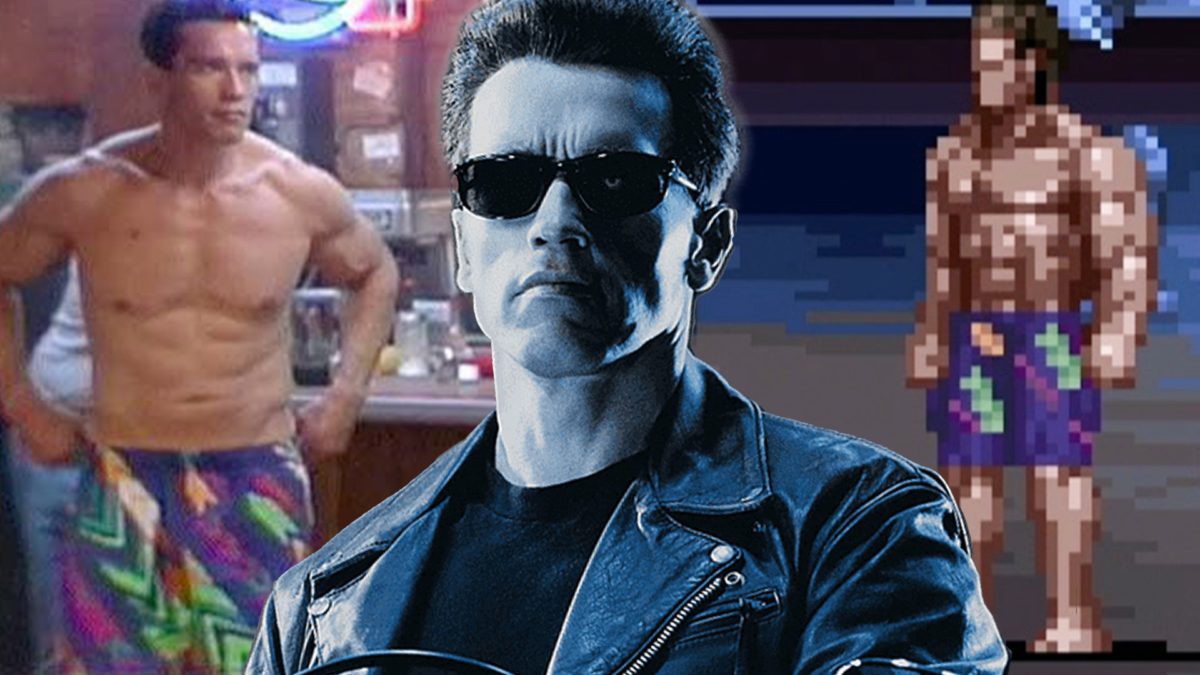
“For those who come after.” It’s a simple but effective phrase from this year’s Clair Obscur: Expedition 33, one that was stuck in the minds of many for nearly an entire year. But although Expedition 33 won the hearts of many, it was far from alone. 2025 saw the release of the hotly anticipated Hollow Knight: Silksong, and with the release of the Nintendo Switch 2 we got a new Mario Kart, Donkey Kong, and the sequel to IGN’s 2020 Game of the Year, Hades 2. Over in the world of entertainment we got plenty of great movies like Superman, Sinners, Weapons, and possibly the best Predator movie ever in Predator: Badlands.
Every year, across all forms of media, there are situations where critics and audiences either agree or disagree. That’s never going to change, we’re talking about opinions, after all, although this year we definitely saw more alignment than normal. Every year, we ask you all to vote on each of our award categories, and many of our awards have gone to the games, shows, and movies that you chose, too. That’s a great sign that our thoughts and opinions are aligned with our community’s.
But what did you vote for? Here are the complete results for each Community Award, voted on by you, the IGN community (Results finalized at 12/20 12AM ET).
Best Sci-Fi or Fantasy Movie 2025
Winner: Predator: Badlands (33.1% of the votes)
Best Comic Book or Graphic Novel
Winner: Batman: Dark Patterns (40.4% of votes)
Best Anime of 2025
Winner: Dan Da Dan (49.4% of votes)
Best Action-Adventure Game of 2025
Winner: Ghost of Yotei (29.6% of the votes)
Best Horror Movie of 2025
Winner: Sinners (41.5% of votes)
Best Playstation Game of 2025
Winner: Clair Obscur: Expedition 33 (43.6% of votes)
Best RPG of 2025
Winner: Clair Obscur: Expedition 33 (66.8% of votes)
Best Nintendo Game of 2025
Winner: Donkey Kong Bananza (49.9% of votes)
Best Xbox Game of 2025
Winner: Clair Obscur: Expedition 33 (60.2% of votes)
Best PC Game of 2025
Winner: Clair Obscur: Expedition 33 (51.2% of votes)
Best Strategy Game of 2025
Winner: Anno 117: Pax Romana (25.5% of votes)
Best Puzzle Game of 2025
Winner: Blue Prince (72.9% of votes)
Best Roguelike Game of 2025
Winner: Hades 2 (57.2% of votes)
Best Action Game of 2025
Winner: Hades 2 (58.8% of votes)
Best Shooter Game of 2025
Winner: Arc Raiders (28.3% of votes)
Best Superhero Movie of 2025
Winner: Superman (57.3% of votes)
Best TV Show of 2025
Winner: Andor (38.0% of votes)
Best TV Episode of 2025
Winner: Andor Season 2, Episode 8 – “Who Are You?” (46.9% of votes)
Best Ensemble Cast in a TV Show or Movie of 2025
Winner: Andor Season 2 (39.9%)
Best Performer in a TV show or Movie
Winner: Genevieve O’Reilly (Mon Mothma, Andor) (29.2% of votes)
Best Performer in a Movie of 2025
Winner: Michael B. Jordan (Elijah “Smoke” Moore and Elias “Stack” Moore, Sinners) (36.8% of votes)
Best Ensemble Cast in a Video Game of 2025
Winner: Clair Obscur: Expedition 33 (65.2% of votes)
Best Performance in a Video Game of 2025
Winner: Jennifer English (Maelle, Clair Obscur: Expedition 33) (36.5% of votes)
Best Video Game Music/Score of 2025
Winner: Clair Obscur: Expedition 33 (67.5% of votes)
Best Art Direction in a Video Game of 2025
Winner: Clair Obscur: Expedition 33 (58.5% of votes)
Best Remake or Remastered Game of 2025
Winner: The Elder Scrolls 4: Oblivion Remastered (34.6% of votes)
Best Movie of 2025
Winner: Sinners (24.7% of votes)
Best Game of 2025
Winner: Clair Obscur: Expedition 33 (50.8% of votes)
Thank you to everyone who participated in our community-voted awards categories this year. In 17 of the 23 categories, the winner garnered over 40% of the total votes, showing a sense of unity on what you found to be your favorites in 2025. Clair Obscur, as expected by many, ran the gauntlet to win all nine of the categories it was nominated in. Meanwhile, Andor was a huge audience favorite, sweeping all four of the categories around TV. The win by the most narrow margin goes to Predator: Badlands, which took home the win for Best Sci-fi or Fantasy Movie over Frankenstein by only 1.1%, while Blue Prince won by the biggest margin, taking home over 72% of votes in the Best Puzzle Game category. Thank you again to everyone who voted. And now, with big games like GTA 6, Marvel’s Wolverine, and other major releases on the horizon, we look forward to seeing how 2026 turns out and learning your favorites this time next year.
Keepin’ It Clean
Throughout the year, we have been monitoring those who do not foster a positive experience here at IGN. We remove the most problematic users regularly to improve everyone’s overall experience. But we also use this time, before the end of the year, as an opportunity to remove those who were given more time to see if their infractions throughout the year was part of a pattern, or if they were potentially just someone having a bad day or week. So, in addition to recognizing the users who uplifted our community, we have also removed several users who have consistently violated our community guidelines. These banned accounts are those who have engaged in hate speech, harassment, or other toxic behaviors. We know these actions are not always popular, but they are necessary in our commitment to creating a safe and welcoming space for everyone at IGN.
As we continue to build upon our community, we will continue to monitor and address any problematic behavior to ensure that our community remains a positive and inclusive place for everyone. We can create a respectful, supportive, and enjoyable community by working together.
We appreciate our readers who regularly make us their home for gaming, entertainment, and more. We are excited to continue building and improving together in the coming months and years. Once again, thank you to all of you who regularly do your best to create a positive experience on IGN.
Jada Griffin is IGN’s Community Lead. If she’s not engaging with users here, chances are she’s developing her own games, maxing the Luck stat in her favorite games, or challenging her D&D players with Intense combat or masterful puzzles. You can follow her on Bluesky @Jadarina.bsky.social

